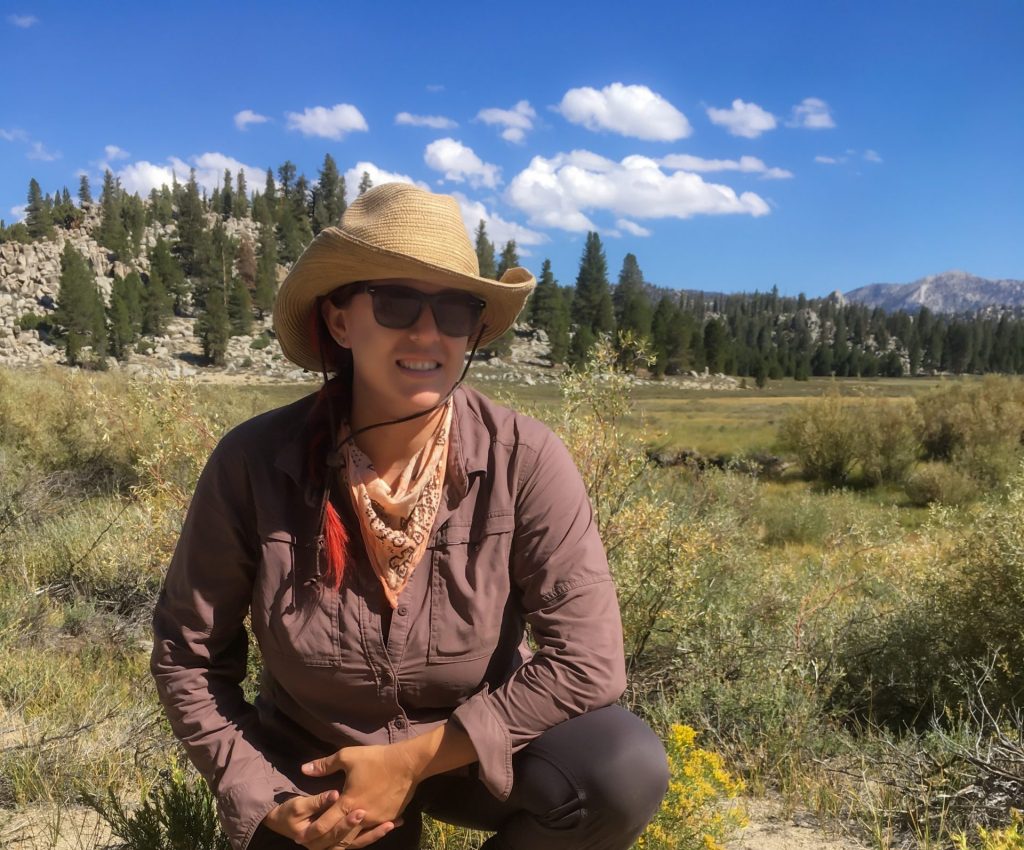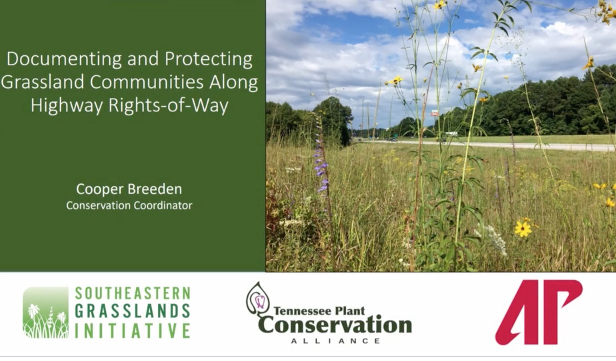
Cooper Breeden and Dwayne Estes, Southeastern Grasslands Initiative / TPCA In Fall 2019, conservation partners from across the southeast began to convene on a monthly call to discuss how to tackle the complex problem of improperly managed roadsides—roadsides that are either being sprayed or mowed to death to the detriment of rare and unique plant […]
Read More…
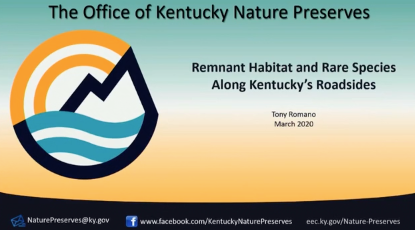
Tara Littlefield and Tony Romano, Office of Kentucky Nature Preserves Roadsides are increasingly recognized for their potential importance in conservation planning. Roadsides are generally less threatened by development than surrounding areas and are maintained in an open condition. Because of these factors, roadsides in Kentucky are one of the few areas that contain remnant native […]
Read More…
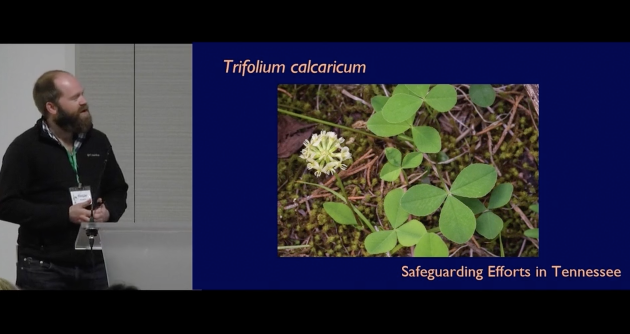
Margi Hunter, Tennessee Naturalist Program, Cooper Breeden, Southeastern Grasslands Initiative, Austin Peay State University, Tennessee Plant Conservation Alliance The lack of funding and resources necessary to conserve many of our most imperiled species and communities is a ubiquitous problem. In the absence of traditional support, more grassroots and citizen-led efforts are essential to ensure the survival […]
Read More…
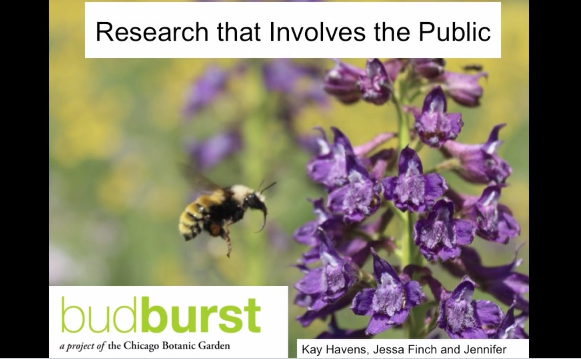
Kay Havens, Chicago Botanic Garden Plant conservation is promoted through outreach and advocacy. One way to cure plant blindness is by engaging the public in authentic research, as illustrated by the Bud Burst citizen science program. After 10 years of crowdsourcing phenology data, Bud Burst managers decided they could better engage the public by bringing them […]
Read More…
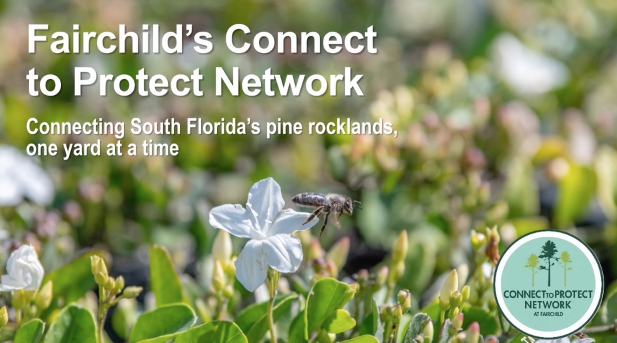
Jennifer Possley, Fairchild Tropical Botanic Garden For over a decade, Fairchild’s Connect to Protect Network (CTPN) has inspired South Florida residents to plant native pine rockland plants in order to help connect the few remaining isolated fragments of pine rockland—a globally critically imperiled (G1S1) plant community. CTPN members include more than 700 individuals and approximately […]
Read More…

